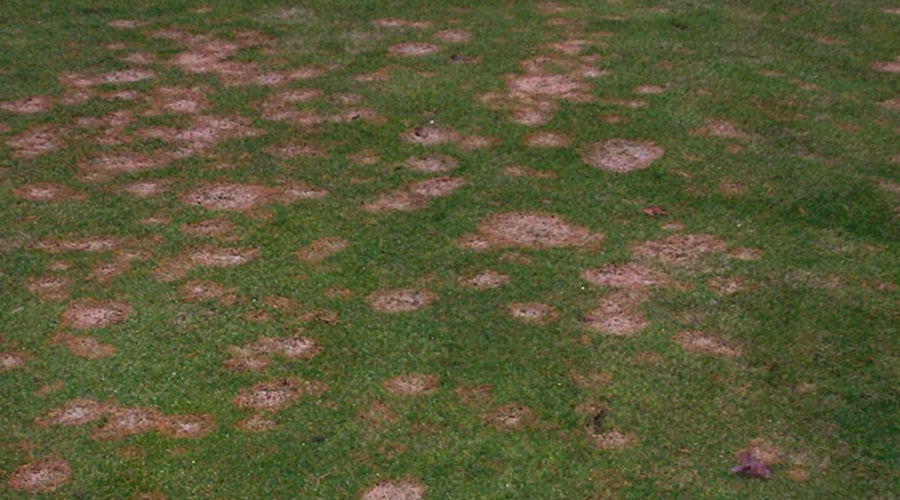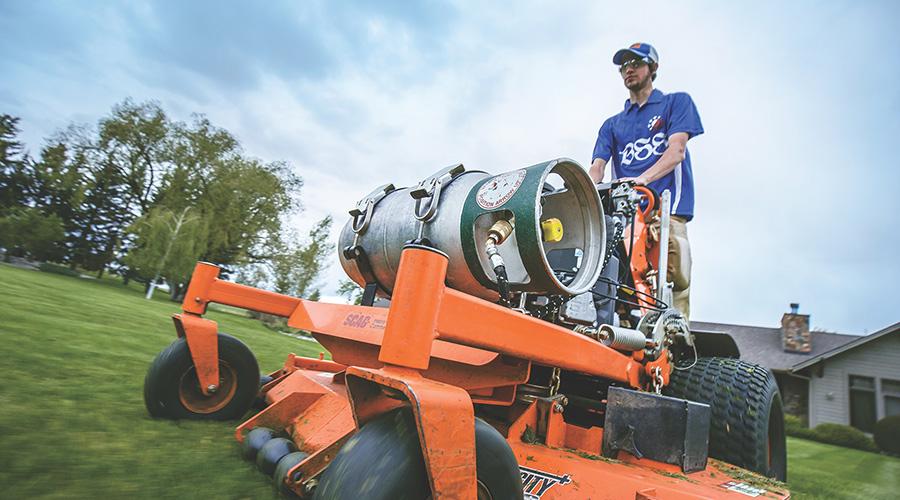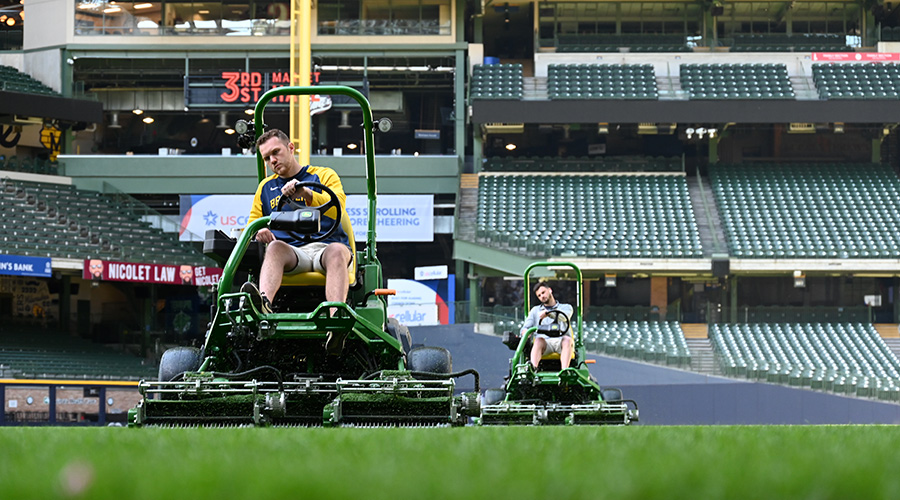Eye on Mower Specification Focuses on Operational Safety
So if cost does not dominate the mower-specification process, what does?
"Operational safety is number one," McManus says. "Manufacturer and dealer support also is huge. After everybody agrees that (manufacturers) make safe machines, it's really how they're taking care of us. Everybody wants a new piece of equipment, but what does it look like in one or two years, and who's going to service it? Are they willing to ship the part to you next day, or are we going to be waiting five or seven business days until they can ship the part?"
McManus and his staff also consider several other issues, including the amount of maintenance work a new mower might create for mechanics.
"Ease of maintenance is critical," he says. "Before we buy anything, we always have our mechanics look at it, make sure they can work on it. The mechanics have a voice at the table, and so do all the operators. All the operators who are going to be riding this equipment have a voice at the table. We need buy-in." Mower reliability also is crucial, given the amount of time department devote to mowing.
"Dependability of the machine is crucial," McManus says, adding that operators "want to know it's a brand they've used and can depend on. The brand of the equipment matters to them. We also put a high emphasis on the quality of the cut. Someone accused us one time of being more of a resort than a campus because it has that look. I came from the resort background, so I took that as a compliment. We want a high-end cut."
The fact that many departments take a more strategic look at mower specification probably should not be surprising, given the amount of time departments devote to ensuring turf areas look their best.
"I don't think our (specification) priorities have changed much over the years," says O'Donnell, whose department uses five mowers to maintain 100 acres that are mowed regularly and 20 acres of native meadows that are mowed once or twice a year. "Instead, I'd characterize it that we've gotten smarter with our purchasing in the sense that we look at the wholistic idea. We don't just look at the name brand. We don't just look at the width of cut. We look at efficiency, operator comfort, maintenance. Are parts readily available? Not only, can we get the parts, but are they easily attainable at a local vendor?"
Related Topics:














